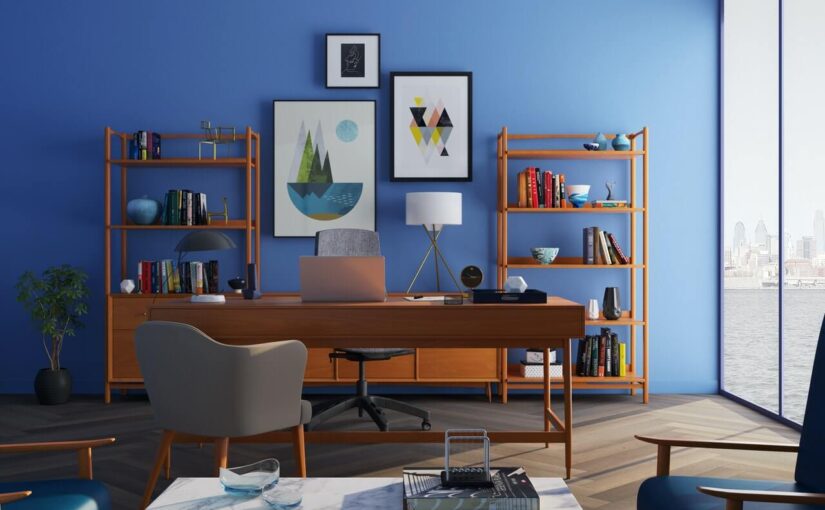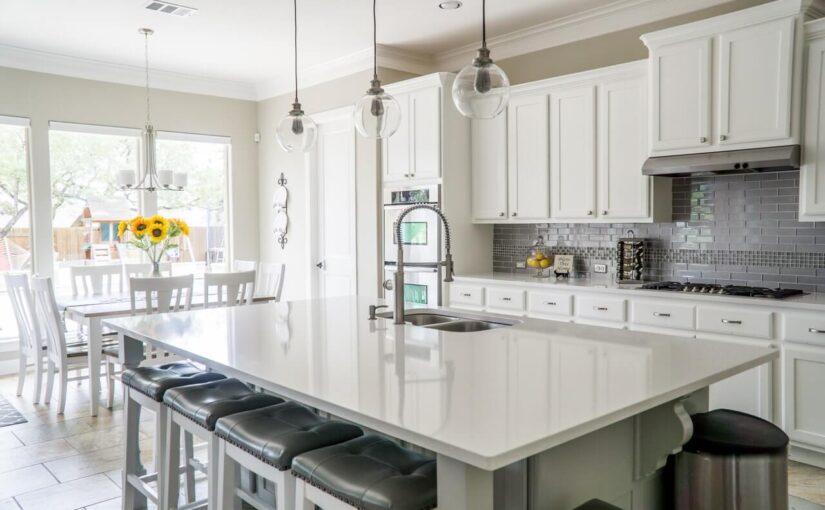
 By Adm_Mls
By Adm_Mls
5 Inspiring Home Design and Remodeling Trends for 2021
We’ve all spent a lot more time at home over the past year. And for many of us, our homes have become our office, our classroom, our gym—and most importantly, our safe haven during times of uncertainty. So in 2021, it’s no surprise to see that designers are emphasizing soothing color palettes, cozy character, and quiet retreats.
To help inspire your design projects this year, we’ve rounded up five of the hottest home trends. If you plan to buy, list, or renovate your property in the next few months, give us a call. We can help you realize your vision and maximize the impact of your investment.
1. UPLIFTING COLORS
Colors are gravitating toward warm and happy shades that convey a sense of coziness, comfort, and wellbeing. This year’s palettes draw from earthy hues, warm neutrals, and soothing blues and greens.
While white and gray are still safe options, expect to see alternative neutrals become increasingly popular choices for walls, cabinets, and furnishings in 2021. For a fresh and sophisticated look, try one of these 2021 paint colors of the year:
- Aegean Teal (coastal blue) by Benjamin Moore
- Urbane Bronze (brownish-gray) by Sherwin-Williams
- Soft Candlelight (muted yellow) by Valspar
2. CURATED COLLECTIONS
After a decade of minimalism, there’s been a shift towards highly-decorative and personalized interiors that incorporate more color, texture, and character. Clearly-defined styles are being replaced by a curated look, with furnishings, fixtures, and accessories that appear to have been collected over time.
This trend has extended to the kitchen, where the all-white fad is fading in popularity. If you’re planning a kitchen remodel, consider mixing in other neutrals—like gray, black, and light wood—for a more custom, pieced-together feel.
3. REIMAGINED LIVING SPACES
The pandemic forced many of us to rethink our home design. From multipurpose rooms to converted office/closets, we’ve had to find creative ways to manage virtual meetings and school. And designers expect these changes to impact the way we live and work for years to come.
Some home builders are predicting the end of open-concept floor plans as we know them. Instead, buyers want cozier spaces with more separation and privacy. Cue the addition of alcoves, pocket doors, and sliding partitions that enable homeowners to section off rooms as needed.
4. STAYCATION-WORTHY RETREATS
With travel options limited right now, more homeowners are turning their vacation budgets into staycation budgets. Essentially, recreate the resort experience at home—and enjoy it 365 days a year.
To give your bedroom that “boutique hotel” look, start with a large, upholstered headboard in a rich color or pattern. Layer on organic linen bedding and a chunky wool throw, then add a pair of matching bedside wall lights. In your bathroom, try a curbless step-in shower and freestanding tub for a modern and spacious feel.
5. OUTDOOR UPGRADES
From exercise to gardening to safer options for entertaining, the pandemic has led homeowners to utilize their outdoor spaces more than ever. In fact, backyard swimming pool sales skyrocketed in 2020.But a new pool isn’t the only way to elevate your outdoor area this year.
Pergolas are a relatively quick and affordable option to add shade and ambiance to your backyard. Another hot trend? Landscapers are reporting an increase in front yard enhancements, including porch additions and expanded seating options. These “social front yards” enable neighbors to stay connected while observing social-distancing guidelines.
DESIGNED TO SELL
Want to find out how upgrades could impact the value of your home? We can share our insights and offer tips on how to maximize the return on your investment. Contact us to schedule a free consultation!
 Facebook
Facebook
 Instagram
Instagram
 Twtitter
Twtitter
 WhatsApp
WhatsApp














